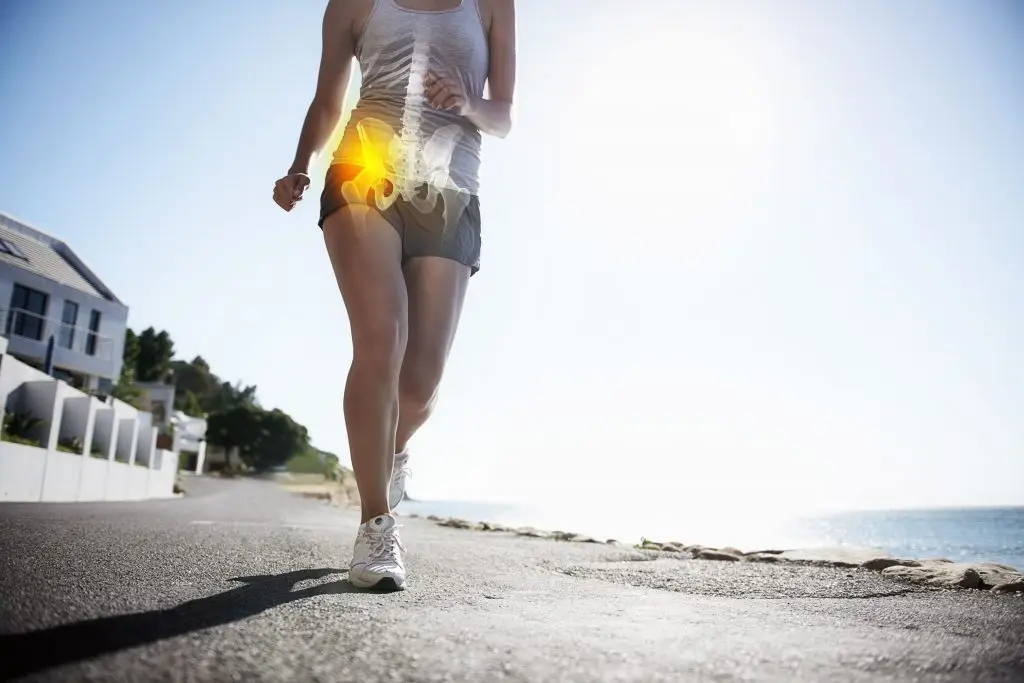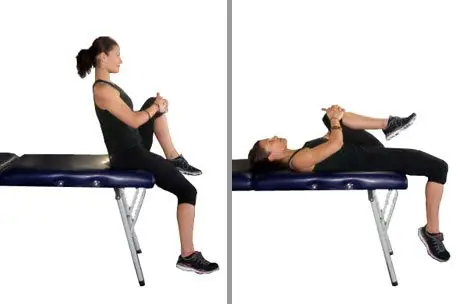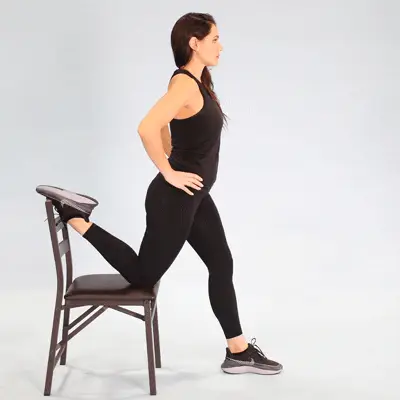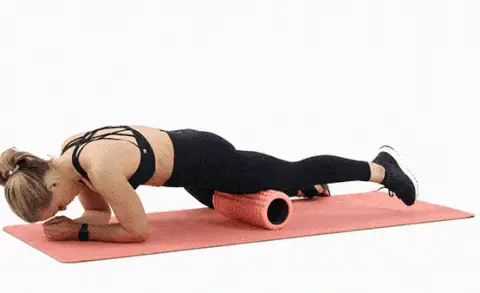Anterior snapping hip pain: A hip flexor issue
Audible snapping noise or snapping sensation in the hip is normal, however audible snapping with PAIN is NOT.
There are just about many reasons why you may be experiencing snapping hip pain particularly located in the front of the hip. A common cause can be attributed to iliopsoas syndrome.
Iliopsoas syndrome is a clinical term that refers to dysfunction of the hip flexor muscles iliacus and psoas, collectively known as iliopsoas. They are located in the front of the hip and function to flex the hip, in other words lift your knee up during a marching action.
Injury to the muscles, its tendons (tendonitis or tendinopathy) or inflammation of the surrounding structures such as the bursa (bursitis) commonly results in pain and weakness along intermittent audible snapping whenever the joint is in motion. This may explain why some of the simple tasks such as running up the stairs, bending down to reach the bottom shelf or sitting and standing from a chair is all of the sudden daunting.
Causes
Hip flexor pain is largely an overuse problem.
While injuries to the hip or its surrounding structures can pose a risk for developing iliopsoas syndrome, it may not also be associated with an injury.
Those at risk include runners, jumpers or sports that require a lot of kicking. Also at risk are those who participate in strength training and weight lifting exercises that require a lot of bending and squatting.
The psoas muscles (minor and major) start in L1-L5 segments of your lower back and travels down to meet the iliacus muscle before they blend in to insert in the front of the hip. This arrangement allows the muscles to perform their prime duties as flexors of the hip (raising your thigh, kicking).
The hip joint is a ball and socket joint – which means the hip joint is a very mobile joint having the freedom to move into front, side, rotate, kick back etc. Therefore, the hip flexors act as supporting muscles of almost every action that occurs at the hip joint.
Additionally, the muscular attachment in the lower back means that the psoas part of the hip flexor plays an important role in supporting your lower back when we are sitting, standing or lying down.
Therefore, cause of anterior hip pain stemming from hip flexor dysfunction can be linked with possible pathology of other surrounding structures. Most commonly those with lower back pain tend to present with iliopsoas dysfunction.
Symptoms
Individuals with iliopsoas syndrome will often present with the following symptoms.
- Onset of symptoms
- Onset of symptoms develop gradually overtime, this can be over a period of weeks to months depending on the frequency of aggravated activity. Symptoms usually begin with an intermittent pattern before settling to noticeable and persistent pain. At this stage, simple everyday movements involving the hips like standing up from a couch or crouching down to reach down the bottom self in the supermarket can be noticeably painful.
- Location of pain:
- Pain is usually localised in the front of the hip joint, where the hip flexors attach. In some cases, groin pain is also a common a compliant
- Lower back pain or lower back stiffness is often attributed to the hip flexor dysfunction
- Aggravated activities
- Hip flexors are versatile muscles that are activated during hip and lower back movements. Hence why almost all tasks the involve the two region of the body can result in hip flexor pain. These can be walking, running, sitting to standing, stair walking, kicking etc.
Quick tests:
Thomas test is a quick test that allows you check the flexibility of your hip flexors.
- Sit at the very edge of a table
- Lift one knee up to your chest and hold
- Lie down flat on the table & relax
– Assess both sides
To check:
- If your thigh on the opposite side is not in contact with the table but lifts up, your iliopsoas muscle is likely tight.
- If your lower leg kicks out in front instead of resting down in a 90 degree angle, your quadriceps are likely tight
Stretch vs Strengthen?
To stretch or to strengthen? – is an important question raised when dealing with iliopsoas pain.
- If you noticed hip flexors tightness on the Thomas Test – stretching and myofascial release with a massage ball or a foam roller would be an appropriate method to improve tissue flexibility.
-
- Iliopsoas stretch
-
- Foam roller




